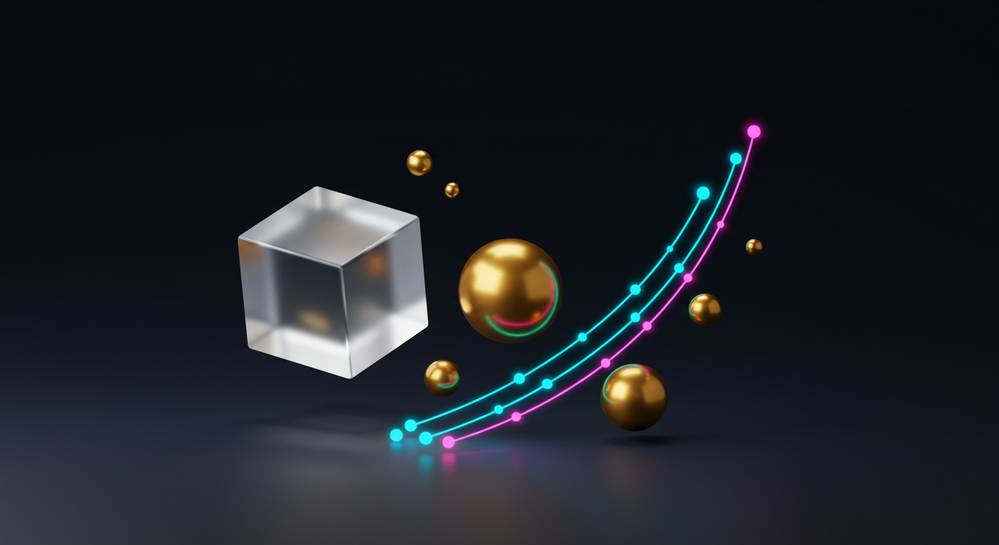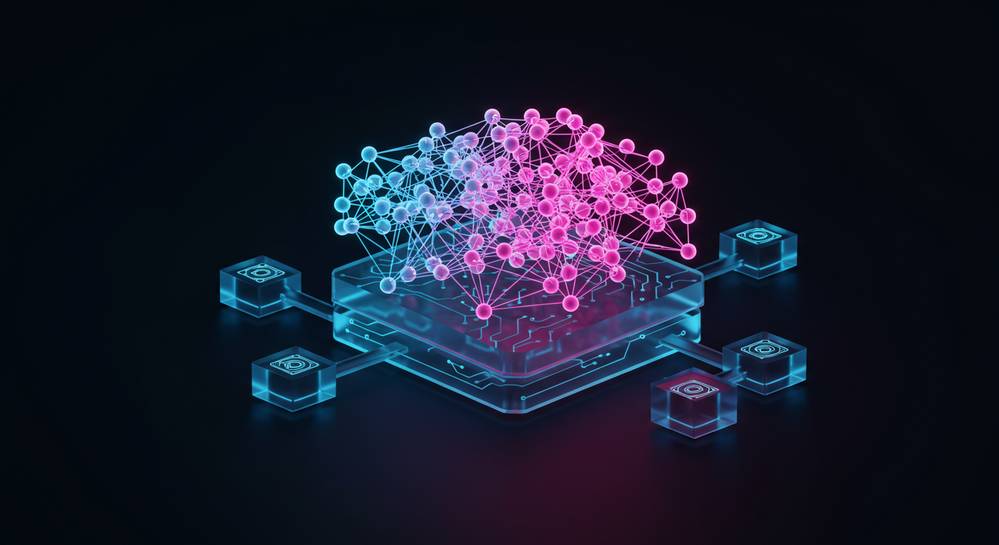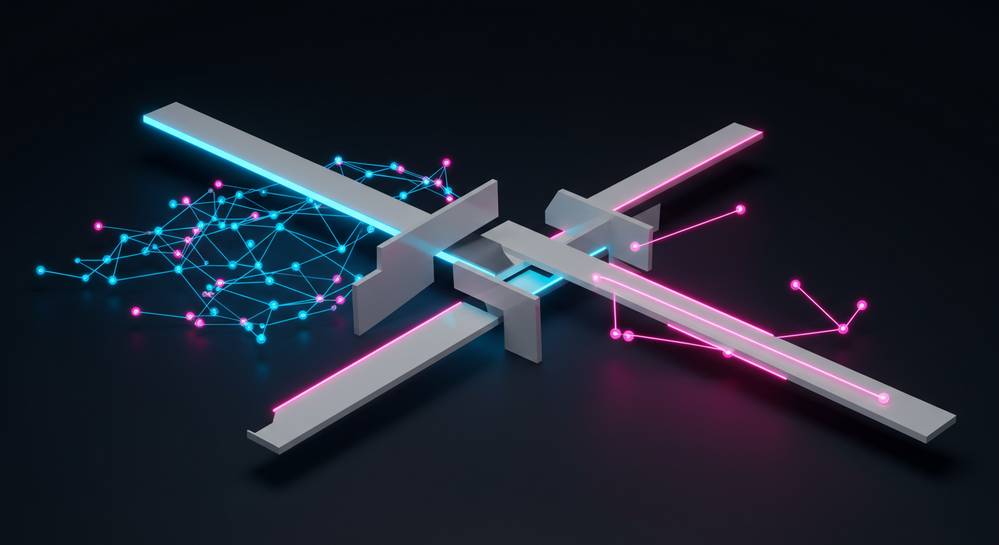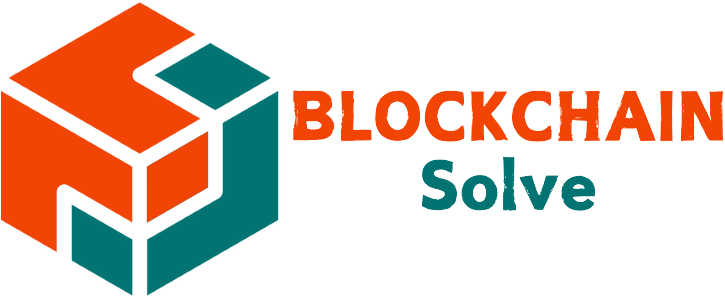The blockchain landscape evolves at lightning speed, making it a challenge to keep up. From groundbreaking protocols to shifting regulations, staying informed is crucial for anyone interested in the future of digital innovation. This guide cuts through the noise, providing a clear overview of the latest blockchain technology news. We will explore the key developments you need to know about right now, ensuring you stay ahead of the curve.
The rise of real world asset (RWA) tokenization

The bridge between traditional and decentralized finance
One of the most compelling developments in the latest blockchain technology news is the tokenization of real-world assets. This process converts rights to an asset into a digital token on a blockchain. Major financial institutions are now actively tokenizing assets like private credit and bonds. This move is projected to unlock trillions in value by bringing traditionally illiquid markets on-chain.
By representing physical items as digital tokens, RWA tokenization offers unprecedented advantages. It breaks down large assets into smaller, tradable fractions, dramatically boosting liquidity. This also democratizes access for global investors who were previously excluded from high-value markets. The core benefits include:
- Enhanced Liquidity: Previously illiquid assets like tokenized real estate can be traded 24/7.
- Global Accessibility: Investment opportunities are no longer limited by geographical boundaries.
- Operational Efficiency: Blockchains transparency reduces administrative costs and the risk of fraud.
This trend is more than just a theory; it represents a fundamental merger of traditional finance and DeFi. It establishes a compliant and efficient gateway for institutional capital to enter the digital asset ecosystem. This marks a pivotal step towards mainstream adoption of the basics of blockchain technology in global finance.
Advances in scalability and layer 2 solutions

Solving the blockchain trilemma with rollups
Scalability remains a critical challenge for widespread blockchain adoption. The latest blockchain technology news is dominated by the maturation of Layer 2 solutions, designed to solve this issue. These protocols operate on top of a main blockchain, handling transactions off-chain to reduce network congestion and fees. This approach directly addresses the trilemma by enhancing throughput without compromising the security of the underlying network.
The most prominent of these are rollup technologies, primarily Optimistic Rollups and ZK-Rollups. Platforms like Arbitrum, Optimism, and Polygon now process millions of transactions daily at a fraction of the cost. Understanding the undefined distinction is key to grasping their impact. Key benefits include:
- Reduced Costs: Transaction fees are significantly lower, making microtransactions viable.
- Increased Speed: Confirmation times are much faster, improving the user experience.
- Inherited Security: They anchor their transaction data to the mainnet, leveraging its security.
This progress is essential for supporting complex undefined, from gaming to finance. By making blockchains fast and affordable, Layer 2 solutions are paving the way for their use in everyday digital life.
The evolving regulatory landscape for crypto

Global approaches to crypto regulation
A pivotal theme in the latest blockchain technology news is the global push for structured regulation. As the technology matures, governments are shifting from observation to active policymaking. This development is critical, as clear rules can foster innovation and protect consumers, while prolonged uncertainty stifles growth. This regulatory maturation signals that digital assets are becoming a permanent fixture in the financial world.
Major economic blocs are taking distinct paths, creating a diverse global landscape. The European Union has set a benchmark with its Markets in Crypto-Assets (MiCA) framework. It offers a single, comprehensive license for crypto-asset providers across member states. In contrast, the United States continues to rely on a patchwork of existing laws and enforcement actions from agencies like the SEC, creating a more complex compliance challenge.
This focus on undefined is crucial for attracting institutional capital. Large firms require legal certainty before committing significant investment. Therefore, regulatory clarity is a direct catalyst for mainstream undefined, building the trust necessary for the industrys next growth phase.
The quiet revolution of zero knowledge proofs
Unlocking privacy and scale with ZK proofs
Perhaps one of the most profound undercurrents in the latest blockchain technology news is the practical application of zero-knowledge proofs. ZKPs are a cryptographic method allowing one party to prove a statement is true without revealing the underlying data. Once a purely academic concept, this technology is now being actively deployed, offering powerful solutions to some of blockchains most persistent challenges.
The impact of ZK technology is twofold, addressing both privacy and scalability. Its ability to verify information confidentially is a game-changer for data security on public ledgers. This is a forward-looking trend with significant implications.
- Enhanced Privacy: ZKPs enable confidential transactions, protecting sensitive financial or personal data from public view.
- Improved Scalability: ZK-Rollups bundle thousands of off-chain transactions into a single, verifiable proof, drastically increasing network throughput and lowering costs.
The growing adoption of ZK proofs promises to build a more private, efficient, and scalable foundation for the next generation of decentralized applications. It is a quiet revolution happening at the core protocol level.
The world of blockchain is not just growing; it is maturing into a sophisticated ecosystem. Developments in RWA tokenization, scalability, and privacy are paving the way for mainstream adoption, while new regulations provide a clearer path forward. To continue exploring the frontiers of this technology and understand its impact, stay connected with the experts at Blockchain Solve.

